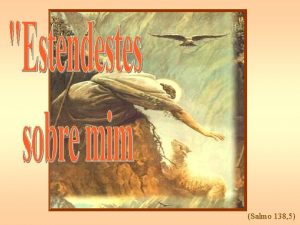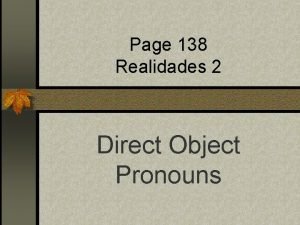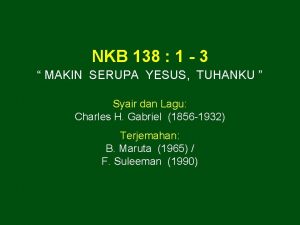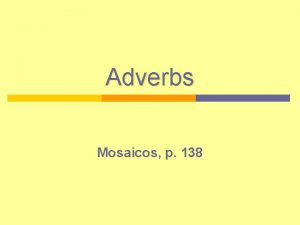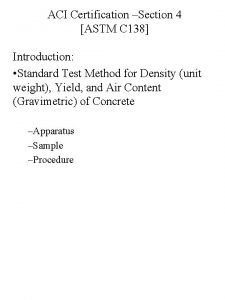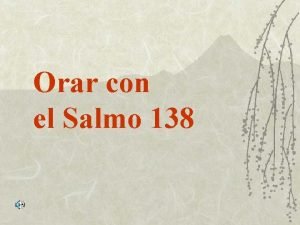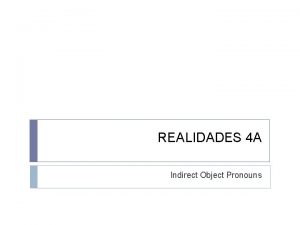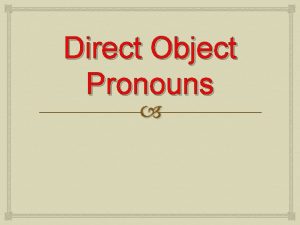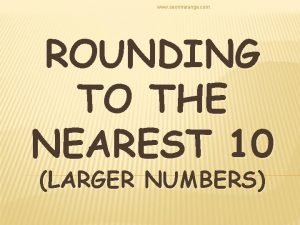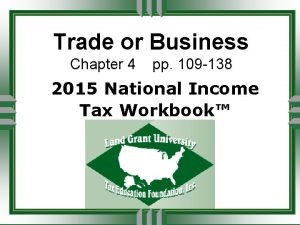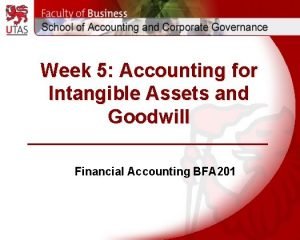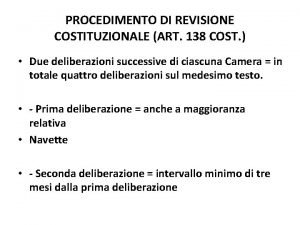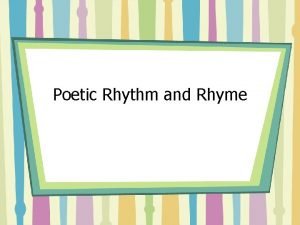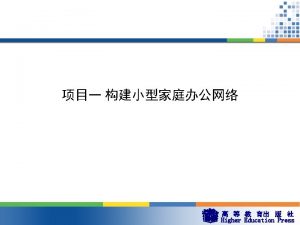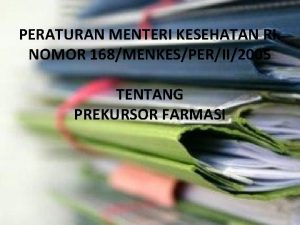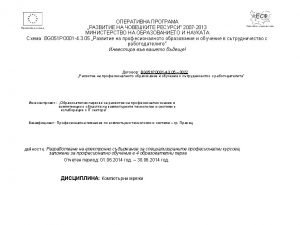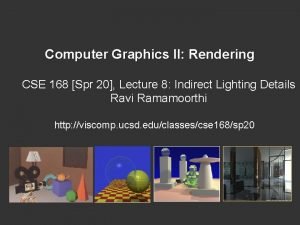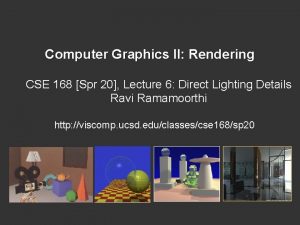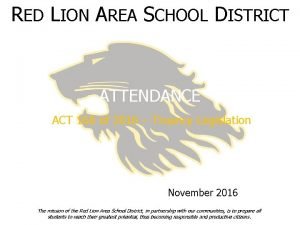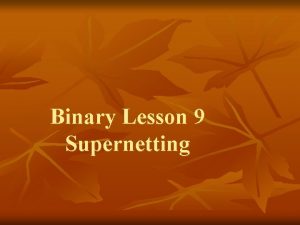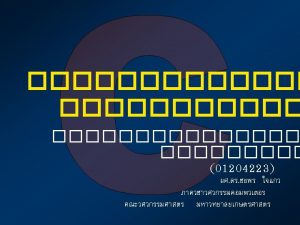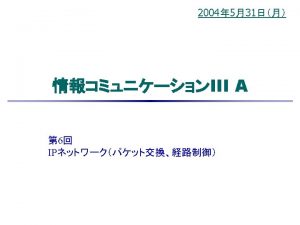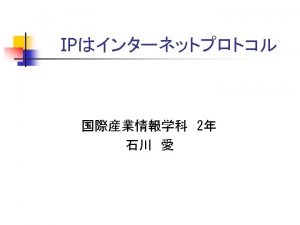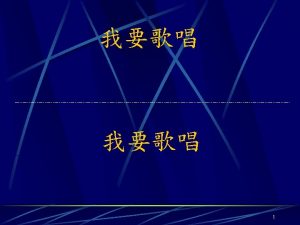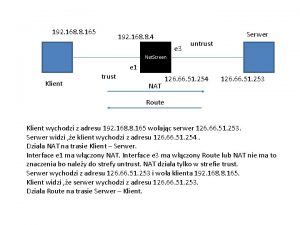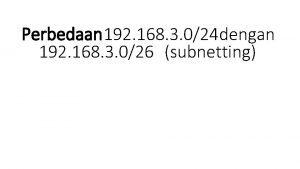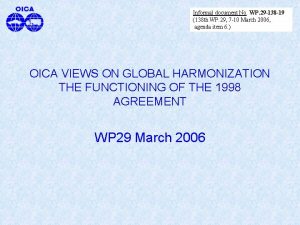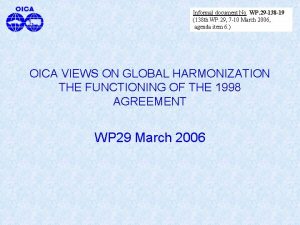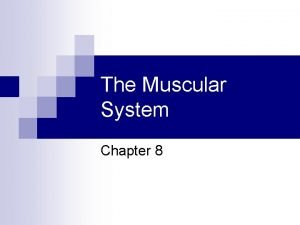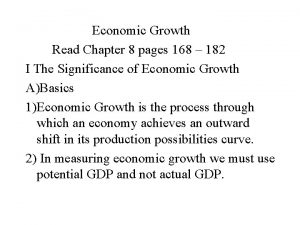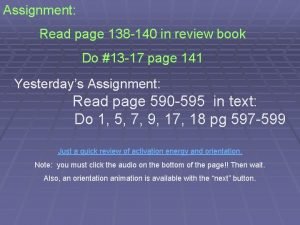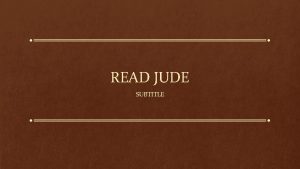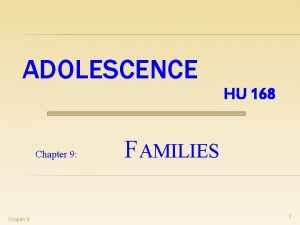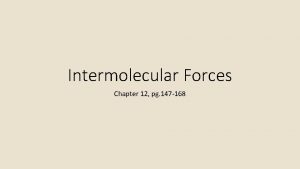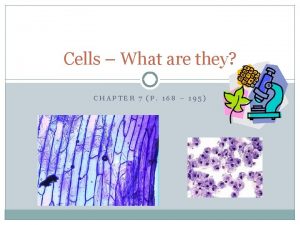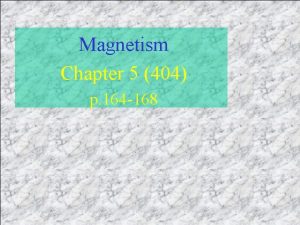LEARNING Chapter 4 Pg 138 to 168 READ





![Classical Conditioning (Ivan Pavlov) Stimulus elicits a Response [S R] EXAMPLE: Bell rings, students Classical Conditioning (Ivan Pavlov) Stimulus elicits a Response [S R] EXAMPLE: Bell rings, students](https://slidetodoc.com/presentation_image_h/1da2448d9a10ef256619fca310a27dea/image-6.jpg)






























- Slides: 36

LEARNING Chapter 4 Pg 138 to 168 READ IT!

Two basic mechanisms of learning • 1. Association: is learning that two somethings go together. Ex. Thunder follows lightning. Fork goes with Knife. • 2. Differentiation: Is learning to distinguish one something from another. Ex. Learning that green means go and red means stop.



LEARNING IS BASED ON AN ASSOCIATION BETWEEN STIMULI AND RESPONSE
![Classical Conditioning Ivan Pavlov Stimulus elicits a Response S R EXAMPLE Bell rings students Classical Conditioning (Ivan Pavlov) Stimulus elicits a Response [S R] EXAMPLE: Bell rings, students](https://slidetodoc.com/presentation_image_h/1da2448d9a10ef256619fca310a27dea/image-6.jpg)
Classical Conditioning (Ivan Pavlov) Stimulus elicits a Response [S R] EXAMPLE: Bell rings, students leave! REFLEX: Automatic, unlearned response CLASSICAL CONDITIONING IS A TYPE OF LEARNING PROCESS THOUGH WHICH A FEFLEX BECOMES ASSOCIATED WITH A PREVIOUSLY NEUTRLA STIMULUS.




Unconditioned Any stimulus that automatically and stimulus (UCS) reliably produces a particular response such as a reflex. Conditioned stimulus (CS) An initially neutral stimulus that comes to elicit a response similar to that elicited by a UCS. Unconditioned The automatic response to an response unconditioned stimulus. (UCR) Conditioned response (CR) The learned response to a conditioned stimulus.

THE FORMULA IN OTHER WORDS UCS UCR An unconditioned stimulus elicits an unconditioned response NS + UCS UCR CS CR A neutral stimulus paired with an unconditioned stimulus elicits an unconditioned response A conditioned stimulus elicits a conditioned response

• http: //videosift. com/video/The-Office. Dwight-taste-bud-prank-w. Altoids

Forms of Classical Conditioning Delayed conditioning The most effective version classical conditioning, in which CS onset precedes UCS onset and the offset of both stimuli is typically at the same time. Simultaneous conditioning A less effective version of classical conditioning, in which both CS and UCS onset and offset occur at the same time. Trace conditioning A less effective version of classical conditioning, in which CS onset and offset precede UCS onset.

Which Works Best? ?

Extinction Discontinuation (extinguishing) of the UCS. What happens when Pavlov stopped providing food when bell was rung. How long until dog stopped reacting to bell? Is there a solution to Pavlov’s problem? Spontaneous recovery The reappearance of an extinguished CR after the passage of time. Responses are not unlearned or forgotten and can appear again in the future.

Predictability of the Unconditioned Stimulus The crucial factor in classical conditioning is the consistency with which the CS predicts the occurrence of the UCS.

Stimulus Generalization and Discrimination • Stimulus generalization : tendency of an organism to respond to similar stimulus. • Discrimination : The ability to distinguish between two similar stimuli • Pavlov’s dogs distinguish btw circles. When unable dogs became irritable. Learned Helplessness.

Nature v Classical Conditioning It can be extremely difficult or even impossible to establish certain conditioned responses. For example: Ever chow down then get sick then never want to eat the food again? What about eating pizza then breaking your finger…will you never eat that food again? ? ?

– Humans usually learn taste and food aversions associated with sickness, but not when eating the good is associated with accidents such as breaking a leg.

Operant Conditioning “The major problems of the world today can be solved only if we improve our understanding of human behavior" About Behaviorism (1974) ~BURRHUS FREDERIC SKINNER 1904 - 1990

Reward Punishment

• Behaviorism • B. F. Skinner • Was the dominant theory in American psychology from the 1930 s through 1950 s.

Operant Conditioning • The study of how behavior is affected by its consequences. • Investigates the learning of voluntary responses. TERMS Operant Behavior: organism is “operating” on the world around it bringing about some kind of change in the environment. Operant Conditioning: Process by which an operant behavior becomes attached to a specific conditioned stimulus.

• Where classical conditioning illustrates S-->R learning, operant conditioning is often viewed as R-->S learning • It is the consequence that follows the response that influences whether the response is likely or unlikely to occur again.

Shaping • A step by step process used to teach complex behaviors that are successive and approximations of target behavior EX- Skinner’s Box


Reinforcement- Increases desired Behavior • Primary Reinforcers: necessary for living ( food and water) • Secondary Reinforcers: Valued because its linked to primary reinforcers. • Timing 1. Constant Reinforcement reward for each performance. Rapid Learning. 2. Partial Reinforcement- Reward on some occasion but not on others. Learning harder to extinguish.

Positive reinforcement An operant conditioning contingency in which behavior is strengthened because it results in presentation of an *appetitive stimulus; also known as reward training. *An instinctive physical desire, especially one for food or drink Encouraging desired behavior through rewards Negative reinforcement Something “aversive” is removed, goes away, or doesn’t happen again whenever the desired behavior is performed. Terminating of something painful by removal or cessation

Positive punishment An operant conditioning contingency in which behavior is weakened or suppressed because it results in presentation of an aversive stimulus; also known as passive avoidance training. Negative punishment Getting spanked for being bad An operant conditioning contingency in which behavior is weakened or suppressed because it results in removal of an appetitive stimulus; also known as omission training. Taking freely given privileges away: Grounding!

Reinforcement Punishment Positive Chocolate Bar Electric Shock Negative Excused from Chores No TV privileges

The concepts of reinforcement and punishment derive from Thorndike’s law of effect, which as we saw in Chapter 1 states: 1. Any behavior that is followed by a satisfying state of affairs tends to be repeated (strengthened), and 2. Any behavior that is followed by an unsatisfying or annoying state of affairs tends not to be repeated (weakened or suppressed). The first half of Thorndike's law of effect corresponds to positive reinforcement and negative reinforcement; the second half corresponds to positive punishment and negative punishment.

• Skinner strongly favored positive reinforcement over punishment, because the atmosphere it creates tells the organism what to do. • Punishment, in contrast to reinforcement, only tells the organism what not to do and also has a long list of undesirable side effects, especially if the punishment is corporal. • Punishment may be necessary in the case of dangerous and harmful behavior, but it is best used in conjunction with positive reinforcement for acceptable behavior.

Prevent a dog from escaping electric shocks, and it will stop trying to get away. Applications for abused women and children

Cognitive Learning • A Contemporary View • Rooted in the Past Even in the early days of learning research, there was a view that is now widely accepted: • Higher organisms are far from passive points of experience and simple associations between stimuli and responses • They actively interact with their environment and think about and interpret what they observe. • They acquire, rather than associations, knowledge.

Learning in the absence of Reinforcement Yet another basic form of learning that requires no reinforcement and occurs in humans and many other species is observational learning. Observational learning = learning by imitation. Cognitive learning as a result of watching others perform a behavior; extends to learning by listening or reading. Learning by observation is “actively judgmental and constructive rather than a mechanical copying. ” (Bandura, 1974)

 Cuadro comparativo de e-learning b-learning y m-learning
Cuadro comparativo de e-learning b-learning y m-learning Salmo
Salmo Direct object pronouns p 138
Direct object pronouns p 138 Makin serupa yesus tuhanku
Makin serupa yesus tuhanku Hkr 111 uitm
Hkr 111 uitm Direct object pronoun of la mochila
Direct object pronoun of la mochila V adjective
V adjective Astm 138
Astm 138 Psalm 138: 1-3
Psalm 138: 1-3 Tiempo de orar salmo 138
Tiempo de orar salmo 138 Tec-138-702
Tec-138-702 Pg 138
Pg 138 Indirect object pronouns p 199
Indirect object pronouns p 199 Direct object pronouns (p. 138)
Direct object pronouns (p. 138) 632
632 109+138
109+138 Ps 138
Ps 138 Intangible asset meaning
Intangible asset meaning Ephesians 4 nasb
Ephesians 4 nasb Art 138 cost
Art 138 cost Iambic trochaic
Iambic trochaic Ilo 138
Ilo 138 Bilangan biner dari 168
Bilangan biner dari 168 Http192 168.1 10
Http192 168.1 10 192/168/1/20
192/168/1/20 Permenkes nomor 168 tahun 2005 mengatur tentang
Permenkes nomor 168 tahun 2005 mengatur tentang Mat0022
Mat0022 Factors of 168
Factors of 168 Ipconfig gateway
Ipconfig gateway 168spr
168spr Spr render
Spr render Arduino 168
Arduino 168 Ip192.168
Ip192.168 Act 168
Act 168 192-168-178-22
192-168-178-22 192-168-1-25
192-168-1-25 192-168-0-3
192-168-0-3

